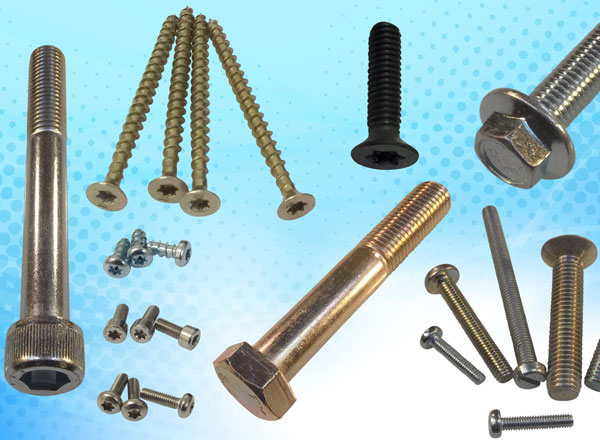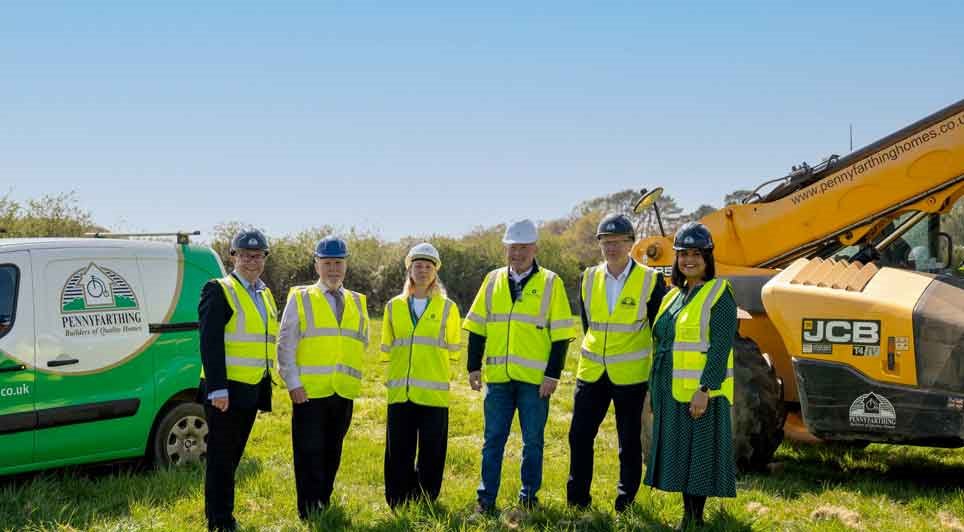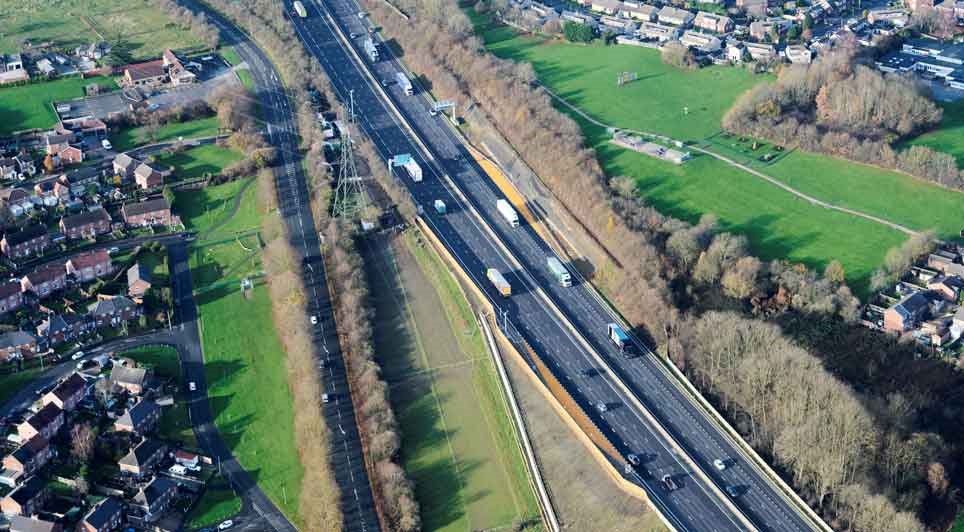Sorting out the multiplicity of screw thread designs has been such a big issue for so long that there are lots of guides to give approximate conversions, although naturally there are no actual like-for-like equivalents. The team at Challenge Europe recently discussed a little history and some future-gazing.
Imperial threads - as it may be expected come out of the ins./feet standard developed in the blossoming of the industrial revolution when Imperial meant British Empire and then into the dynamic drive for mass production seen in the USA. These imperial threads were in their heyday at the end of that era which was approximately in the early part of the 20th century. When the Empire broke up under the stresses of two world wars and the rise of international power blocs together with demands for independence they continued in general use since the momentum of these newly grown industries carried them forward. Metric on the other hand comes from the millimetre/centimetre measurement system so popularised by Napoleon in the continental European theatre and subsequently established in the rebuilding and regrowth of the European manufacturing industries after the devastation of the wars that took place there.
They are not mutually compatible of course but may have approximate size replacements. The two standards essentially run alongside each other with metric (ISO) being the one that is replacing imperial across the world – it is the defacto global standard.
Consequently, metric screws are more readily available, e.g. ex-stock, more standard sizes, more easily sourced, more development in new products, more widely used and continuing to replace imperial globally on new projects. Challenge Europe are one of the few specialists who stock both standards in depth.
Increasingly tool kits are solely metric – although even today new spanners, taps and dies are available for Whitworth and BA – but are expensive so that they are often sourced by hobbyists and renovators as second hand items at auctions and car boot sales.
Since Imperial standards derive from the early days of the industrial revolution and industries like ship building and armaments that were important to the days of Empire and grew immensely at that time.
The first national standard was Whitworth - devised and specified by Joseph Whitworth in 1841. Followed by William Sellers who developed the Sellers thread of 1868 later developed into American Standard coarse and fine.
Well known to instrument and model makers is the British Association screw thread standard – known as BA these are small screws with the largest being OBA = 6mm dia. There continues to be a low level demand for older applications, e.g. old instruments – or for rebuilding of older vehicles.
Many countries have run both types alongside each other but all are in the process of moving to ISO metric standards if they have not already done so. The USA has probably held out longest due to the inertia of its huge market, but globalisation has led to sourcing of cheaper metric products for mass production and this has driven the conversion. The US/American market is therefore becoming more restricted - imperial products used to be the mainstay of general sales in the US, but not so now as US customers are more comfortable with metric specs. Availability of metric equipment in the US has now completely overtaken imperial screws in a relatively short time – roughly coinciding with the rise of Chinese manufacturing as the component supplier to the world.
New thread design development continues as specialist companies and engineering enthusiasts seek to explore niche areas, for example, “total surface contact” and bone screw fasteners – which may one day find application outside the medical/surgical field.
One particularly interesting arena is that of alignment correction whereby a misaligned screw will self-correct and pull itself back to its true axis.
Further developments are aimed at improving the performance of screws subjected to transverse loads which can lead to self-loosening or fatigue failure.
However, in the mass manufacturing market we do not at present see any further new thread designs on the horizon since metric forms seem to have adapted well to all general requirements. Elsewhere, other designs of fastener have been extensively developed from push-fit plumbing connectors to pop-in electrical and electronic fittings and this approach to specialist fastenings has very much taken off as a new way of dealing with often completely new problems.
While the transition from "old" to "new" thread forms is almost complete and many threaded fasteners have simply not been specified where they might previously – because now more cost-efficient fasteners of specialised design are available. However, it does seem that pockets of demand for imperial threads will continue for a long time yet.
Construction News
06/03/2020
The Future For Imperial And Metric Screws


16/04/2025
Pennyfarthing Homes has officially broken ground at Danes Park in New Milton, launching construction on a significant new residential development that will deliver 164 homes.
To mark the milestone, directors from Pennyfarthing Homes welcomed Councillor Steve Davies, Portfolio Holder for Housing and
16/04/2025
GMI Construction Group is celebrating the official opening of Dakota Newcastle, the North East's first Dakota Hotel, situated on Newcastle's Quayside.
The 118-room luxury boutique hotel, located at St Anne's Wharf, has welcomed its first guests and is poised to become a major addition to the region

16/04/2025
Gleeds has been named project manager for the billion-pound redevelopment of Airedale General Hospital in Keighley, West Yorkshire on behalf of Airedale NHS Foundation Trust.
The award-winning trust employs over 3,000 people and provides acute, elective, specialist and community care for a populat

16/04/2025
Morgan Sindall Construction has marked the official opening of a new Special Educational Needs and Disabilities (SEND) teaching block and a specialist hydrotherapy pool at Philip Southcote School in Addlestone, in a celebration attended by students, families and local officials.
The event brought t

16/04/2025
Bedford Borough Council has successfully completed a footpath refurbishment programme across several of its parks and open spaces.
The initiative, funded by the UK Shared Prosperity Fund (UKSPF), targeted key parks across the borough following a detailed review that identified areas in need of repa

16/04/2025
Wates Fit Out has announced the appointment of Phoebe Wood as Senior Business Development Manager, where she will lead the team's business development efforts and support the growth of new opportunities across the commercial fit-out sector.
With close to three years of experience in the built envir

16/04/2025
United Living has announced the appointment of Claire Kershaw as Chief Executive Officer of United Living Property Services.
With over two decades of experience in the social housing sector, Claire brings a wealth of knowledge in property maintenance, refurbishment, and regeneration. Her career inc

16/04/2025
Sempra Homes, the housing subsidiary of Basildon Council, is preparing to launch its latest 100% affordable housing development at Bowers Close on London Road in Pitsea, Essex.
The new development will deliver 31 high-quality homes aimed at increasing access to affordable housing for local residen

15/04/2025
Costain, working as part of the SMP Alliance, has completed the construction of 41 new emergency areas on the M1 motorway between junctions 28 and 35A, delivering the project ahead of schedule.
The newly installed emergency areas span a 32-mile stretch of motorway running from Derbyshire to South Y

15/04/2025
Great Places Housing Group has formally submitted plans for the first development to come forward under the newly approved masterplan for the regeneration of the Grey Mare Lane neighbourhood in east Manchester.
The proposal outlines a new affordable housing scheme comprising 82 apartments for socia
 UK
UK Ireland
Ireland Scotland
Scotland London
London











